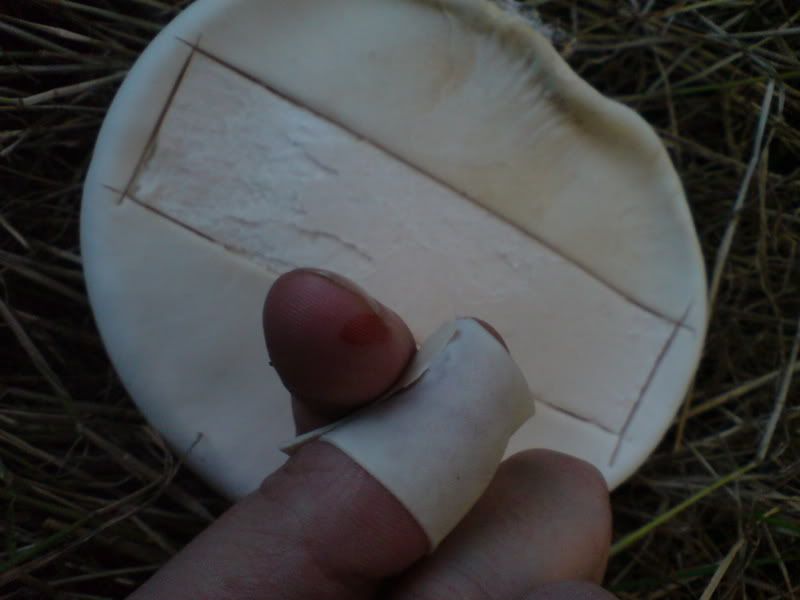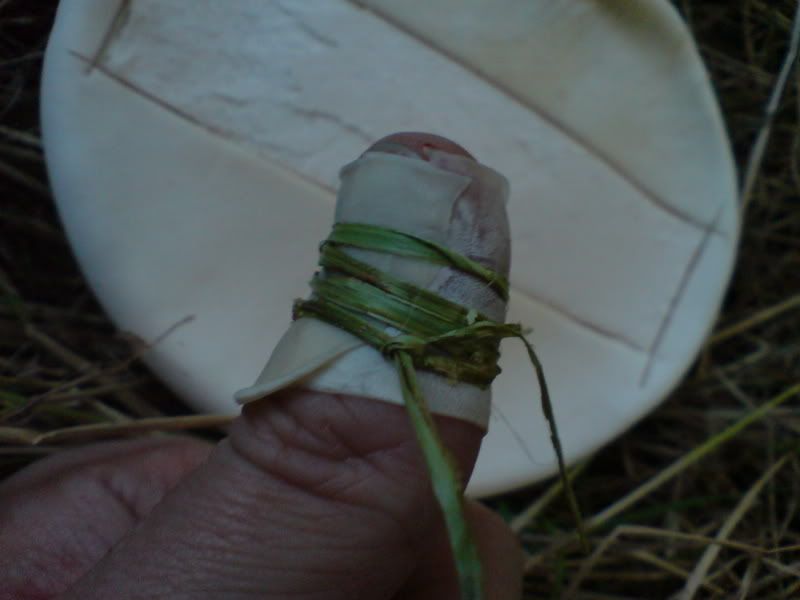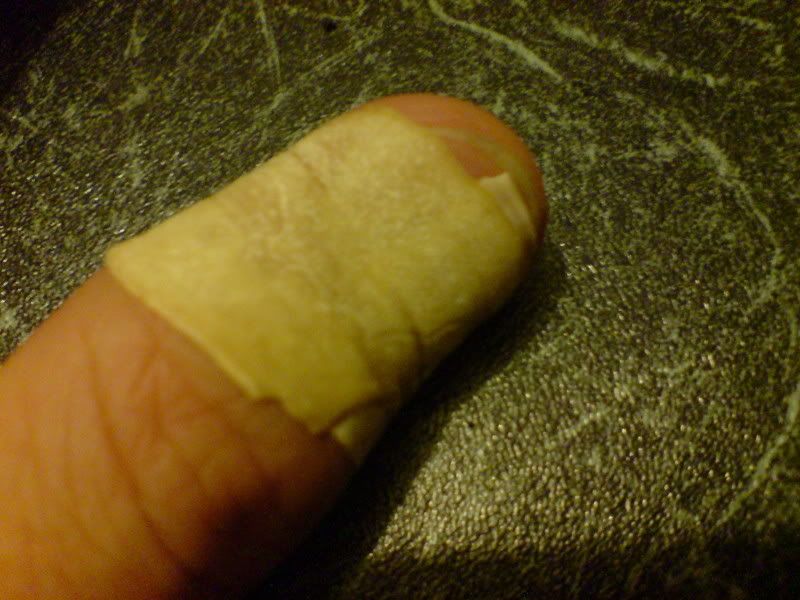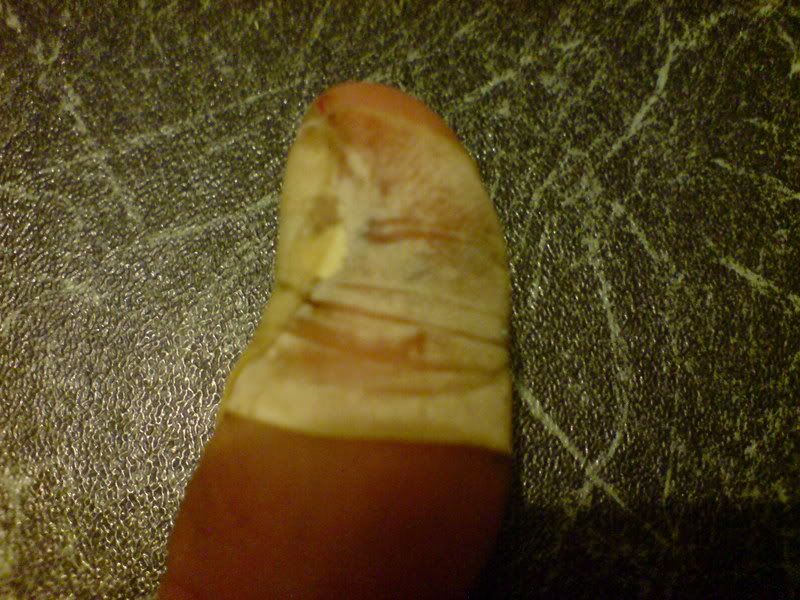I will break this down into books which are medicine heavy and books which are botany heavy and then ad a section on pocket field guides. I hope this helps..
Herbal Medicine Books (to name but a few of the more accessible ones)
Herbal Medicine Rudolf Fritz Weiss MD
ISBN0-906584-19-1
Bartrams Encyclopedia of Herbal Medicine Thomas Bartram
ISBN 1-85487-586-8
Culpepers Medicine A Practice of Western Holistic Medicine
ISBN 1-85230-943-1
The Complete Floral Healer Annie McIntyre
ISBN 1-85675-067-1
The Holistic Herbal David Hoffman
ISBN 1-85230-193-7
The Complete New Herbal
Richard MAbey, Michael McIntyre, Pamela Michael, Gail Duff, John Stevens
ISBN0-14-012682-1
Plant books (Botanical)
The Complete New Herbal
Richard MAbey, Michael McIntyre, Pamela Michael, Gail Duff, John Stevens
ISBN0-14-012682-1
Lots of color photos as well as medical information
Flora Britanica Richard Mabey
ISBN 1-85619-377-2
Pocket Guides
Collins Nature Guides
Herbs and Healing Plants of Britain and Europe
ISBN 0-00-220055-4
A pocket field guide with photos, habitat, season, plant dimensions, uses, active constituents, uses other than medicine and geographical distribution.
Field Guide to Wild Flowers of Britain and Europe
ISBN 1-85223-784-8
Collins Nature Guides
Trees of Britain and Europe
ISBN 0-00-219993-9
It is really important to remember that herbs are powerful medicine, that you can poison yourself if you are not careful. If you are not medically trained you should not be trying to diagnose other peoples illnesses let alone your self. Self medication by untrained people should only be for minor ailments if minor ailments worsen or persist contact a Doctor.
First aiders should be remain aware of the fact that unless trained to do so they are not allowed to prescribe any medications even antiseptic creams. The same applies to herbs.








